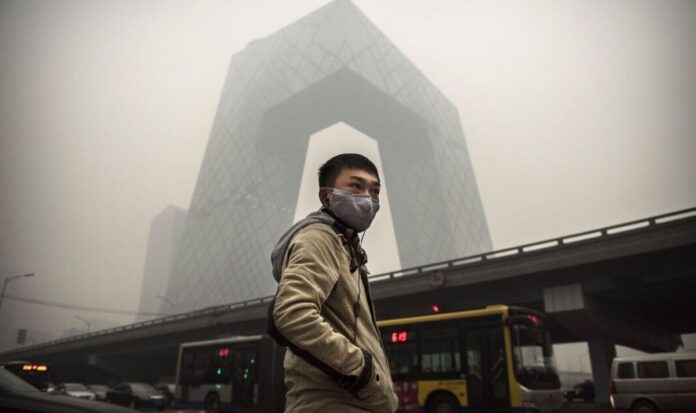China’s President Xi Jinping aims for Net Zero by 2060 (Image: Getty) The world’s largest carbon emitter, China , faces a monumental task in meeting its climate emission targets. President Xi Jinping has committed to achieving net-zero emissions by 2060. The scale of this challenge is staggering, with China currently releasing over ten thousand megatonnes of carbon annually to fuel its energy-intensive economy. In pursuit of a more sustainable future, Beijing has made substantial investments in renewable energy sources, including wind, solar, and hydropower. As a result, China now boasts the world’s largest installed capacity of solar and wind power. Additionally, the country has positioned itself as a prominent manufacturer of electric vehicles. China’s commitment to tackling climate change has been questioned (Image: Getty) The Chinese government has offered substantial financial support to electric vehicle manufacturers totalling billions of pounds. These financial incentives have fueled the rapid rise of the Chinese electric vehicle market. When it comes to renewable energy, China is on track to grow capacity and create 1,200 gigatonnes of energy from wind and solar power by 2025, five years ahead of schedule. The country’s utility-scale solar capacity has already surpassed the combined capacity of the rest of the globe, reaching 228GW. However Chinese efforts to reduce emissions have been hampered by a reluctance to ditch coal power while some international experts have questioned whether Beijing’s ambitions could go further. China is approving new coal power projects at a rate of about two plants per week, a rate that energy experts warn is unsustainable if the country is to reach its energy-related targets. President Xi Jinping has committed to halt the development of coal-fired power projects outside of China by 2021. However, in response to regional energy shortages in 2022, China launched a domestic drive to approve new projects and restart those that had been stalled. The government approved a record-breaking 106 gigatonnes (GW) of new coal-fired power capacity in 2022. While China has launched significant initiatives and looks to be devoted to mitigating the effects of the climate issue and boosting its use of renewable energy, some climate researchers argue that the country’s international pledges fall short of what is required. The goal of achieving net-zero emissions is largely seen as too distant to ensure that global warming is limited to 1.5 degrees Celsius over pre-industrial levels, the Guardian reported last year. Notably Chinese emissions must reach their peak by 2025 in order to meet the Paris Agreement’s aims. Asia Society research published in 2022 cautioned that Chinese leaders may be unwilling to prioritise 2030 or 2060 ambitions over short-term economic considerations. The paper said: “What separates China from the rest of the world is the power of its leader, Xi Jinping , to make climate a politically non-negotiable pillar of long-term policymaking, “But realistically, for now, officials will not sacrifice short-term economic demands for the 2030 target – and certainly not for 2060 – raising the prospect of serious challenges near the end of the decade.” The term “net zero” refers to the cessation of the addition of new greenhouse gases to the overall atmospheric concentration. Carbon dioxide (CO2) and methane are examples of greenhouse gases. CO2 emissions are caused by the combustion of oil, gas, and coal in homes, factories, and transportation. Methane, on the other hand, is produced by agricultural practices as well as waste disposal. These gases contribute to global warming by absorbing and holding solar energy.
What China is and isn’t doing on net zero with carbon emissions 30 times UK’s
Sourceexpress.co.uk
RELATED ARTICLES


